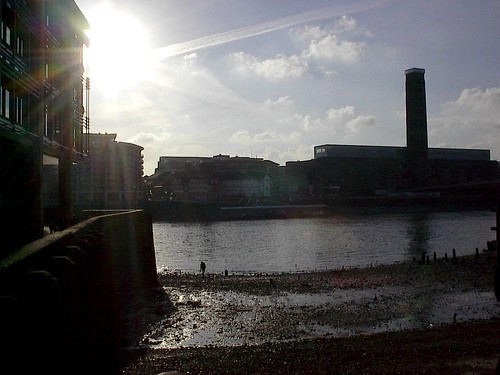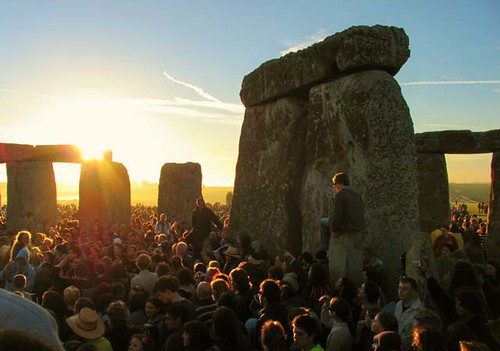The air around the Elgin Marbles has turned blue many a time – but few would’ve pictured any of the magnificent sculptures the same colour. Yet this is exactly what a physicist at the British Museum claims to have discovered today. Giovanni Verri claims that by using red light he has found traces of an ancient hue, known as Egyptian Blue, painted on many of the priceless pieces. In fact, Verri says that 17 of the 56 marbles have revealed traces of the pigment, which was first used in Egypt and Mesopotamia as early as 2,500 BC.
The colour certainly adds a bit more depth to some of the scenes depicted on the famous friezes. For example, Verri found the colour on the sea from which Helios, the sun god, rises in his chariot on the eastern pediment. On the same pediment Verri also found blue on the robe of the goddess Dione. His work proves what many historians and archaeologists have long argued – that famous landmarks such as the Parthenon were not puritanically whitewashed, but instead decorated in a wild range of colours. “This study provides the first scientific evidence of painted color on the sculptures from the Parthenon,” a jubilant Verri told Discovery News.
Image by Jacqueline Poggi.





 Scientists in the Netherlands have discovered a fragment of a Neanderthal man’s skull in the North Sea, dating back around 60,000 years. The Leiden-based boffins believe the find to be the first human remains ever dredged from the sea bed. Chemical isotope readings have shown the man to have been carniverous – and the area would certainly been rife with potential dinners in his day. For most of the past 500,000 years, the North Sea’s level has been sustantially lower, with many parts forming a sort of archipelago stretching from the British Isles to the European mainland.
Scientists in the Netherlands have discovered a fragment of a Neanderthal man’s skull in the North Sea, dating back around 60,000 years. The Leiden-based boffins believe the find to be the first human remains ever dredged from the sea bed. Chemical isotope readings have shown the man to have been carniverous – and the area would certainly been rife with potential dinners in his day. For most of the past 500,000 years, the North Sea’s level has been sustantially lower, with many parts forming a sort of archipelago stretching from the British Isles to the European mainland.
 There may be well-known
There may be well-known  St. George’s in Bloomsbury, the other hand, takes its lines from Pliny the Elder’s depiction of the
St. George’s in Bloomsbury, the other hand, takes its lines from Pliny the Elder’s depiction of the